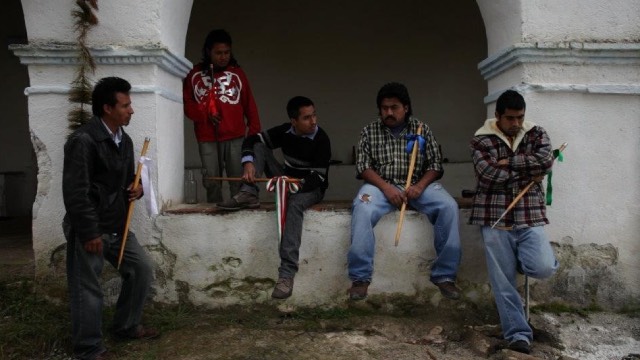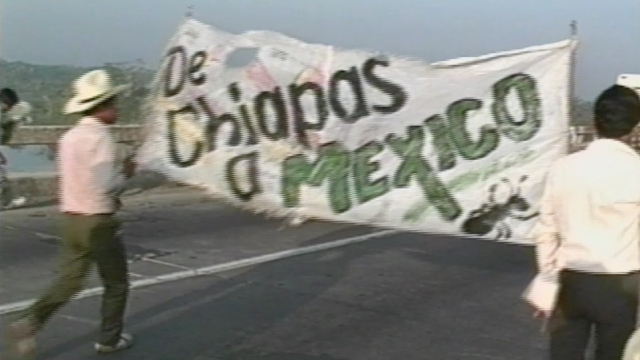
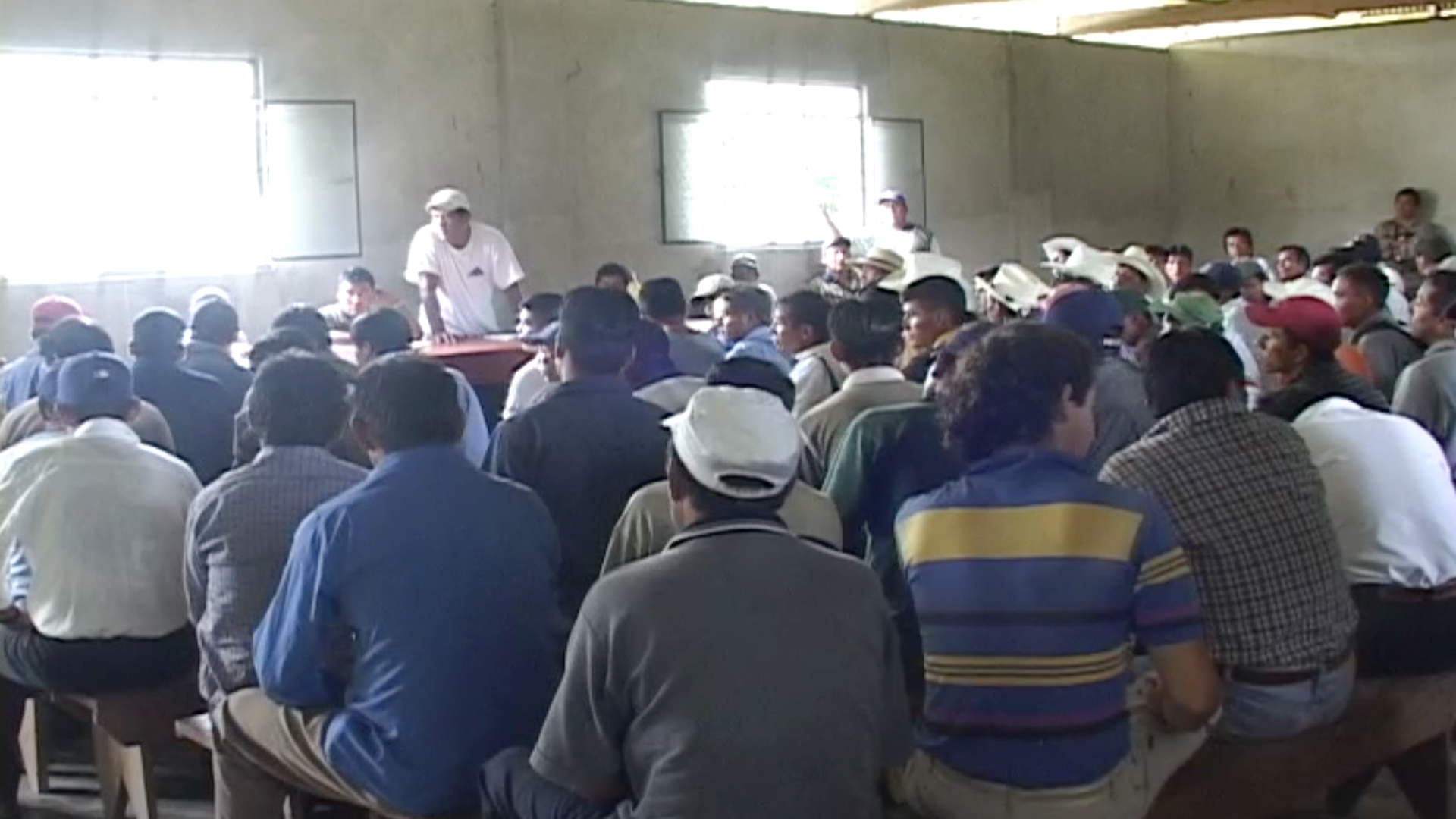
Viejo Velasco: The Footprint of Agrarian Injustice
In a detailed analysis of documents and testimonies, this documentary shows how the attack on Viejo Velazco was promoted and fed by the institutions.
|
2007
Synopsis
In a detailed analysis of documents and testimonies, this documentary shows how the attack on Viejo Velazco was promoted and fed by the institutions. The conflict that prevails in the area today has its roots in the 1970s, with the decree of the Lacandon community. Imposition of the decree on several agrarian nuclei and their forced removal from their lands deepened friction between the parties. In this first eviction, the villages demanded an agreement from the Lacandon community and the government to avoid further evictions. But this was deceitfully signed, as the regularisation of their lands never happened.
The detention of a government delegation and community members of Nueva Palestina by the attacked villages forced the authorities to start negotiations to address the agrarian conflict. A few months later, 4 of the 28 affected villages (San Jacintó Lancajá, Ojo de agua Tzotsil, Flor de Cacao and Viejo Velazco) were mysteriously removed from the negotiations. Shortly after, Viejo Velasco was cowardly attacked by paramilitaries from Nueva Palestina, a Lacandon sub-community.
Artistic and technic data
Year:
2007
Direction:
Production:
Geographic area:
Language:
Tseltal, Chol, Spanish
Subtitles:
Spanish, English
Subject:
Genre(s):
Related films

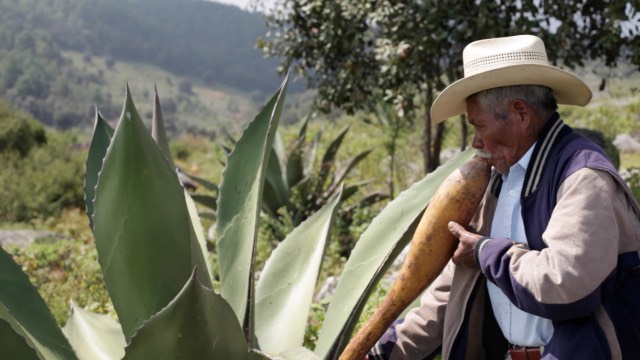
Yaavi
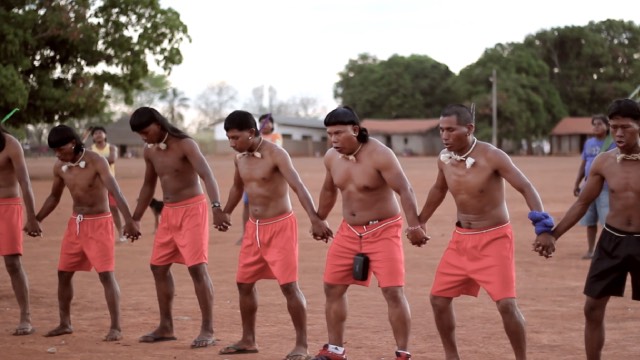
Xavante: Memory, Culture and Resistance
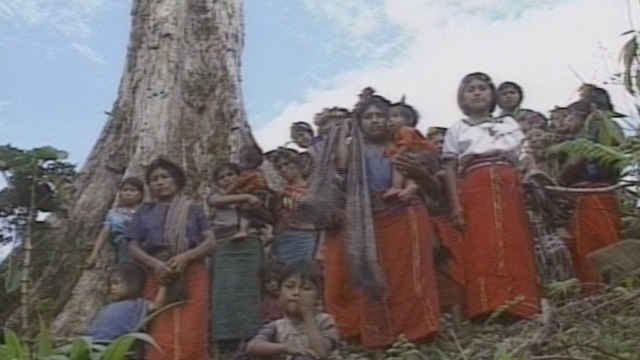
Winds of memory
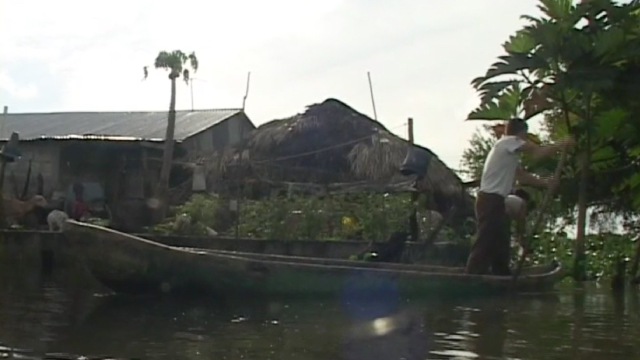
When the Storms Come
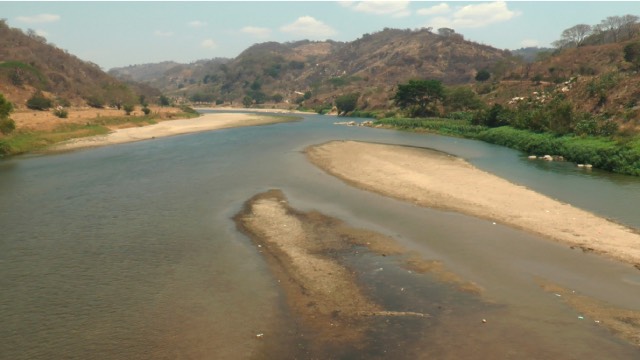
Voices of Water
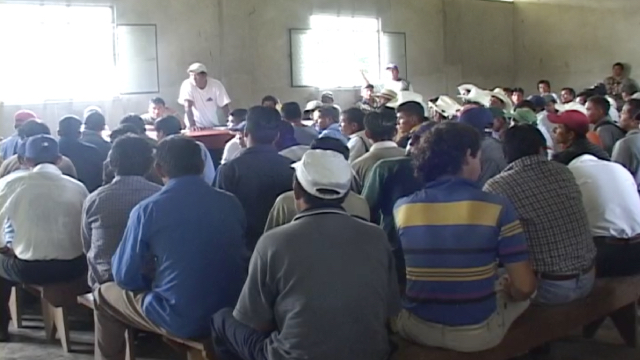
Viejo Velasco: The Footprint of Agrarian Injustice
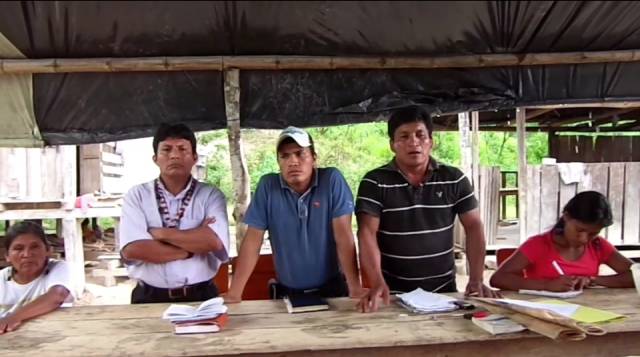
Unexpected Visit

Toxic Waste in Pápago Territory
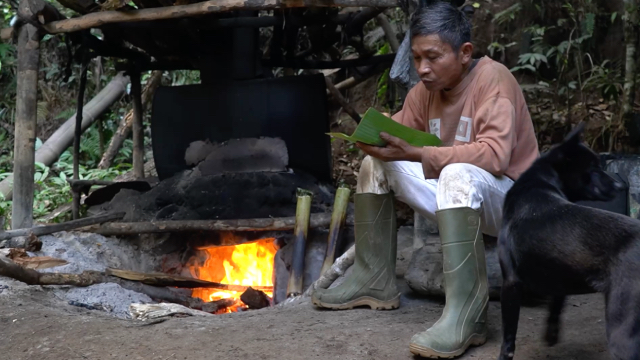
Tou Akel: The Guardian of Kayobaan
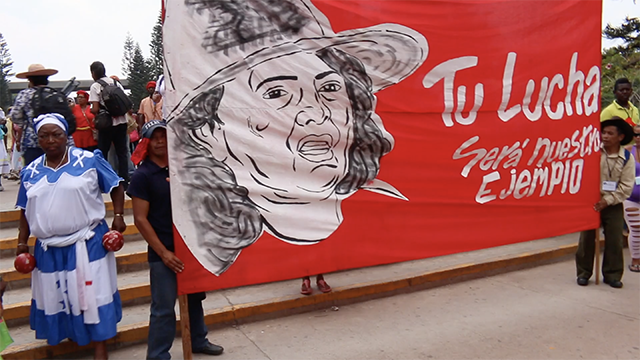
To the Memory of Berta Cáceres
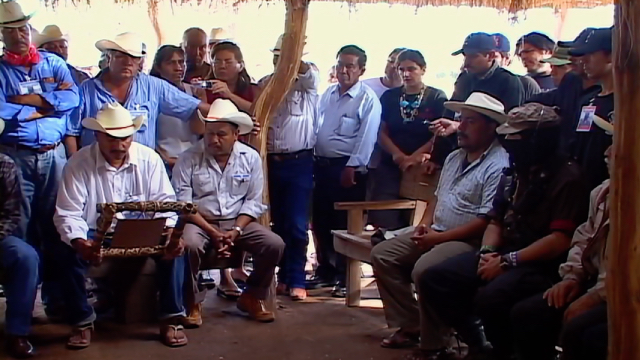
The Yaqui Agreement
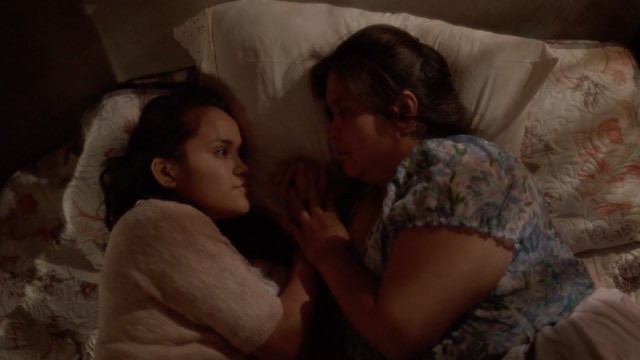
The Wait
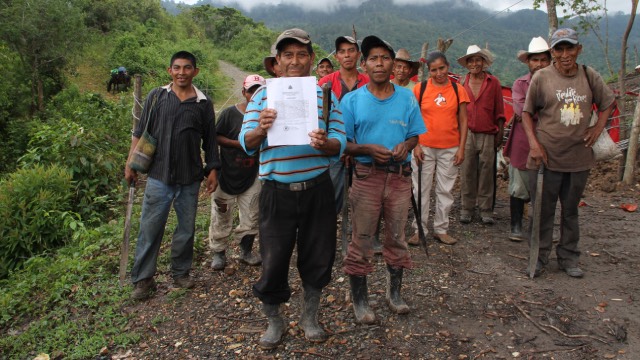
The Voice of the Gualcarque
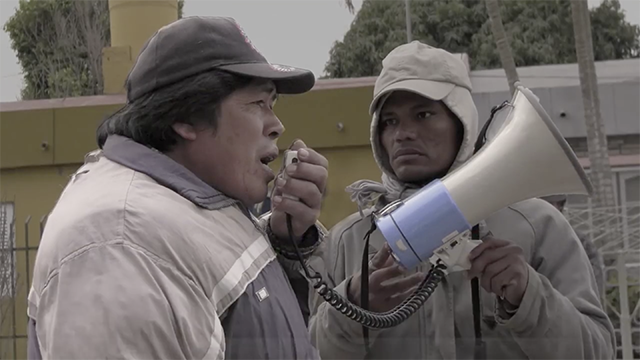
The Struggle Continues, Truth and Justice for Mártires López
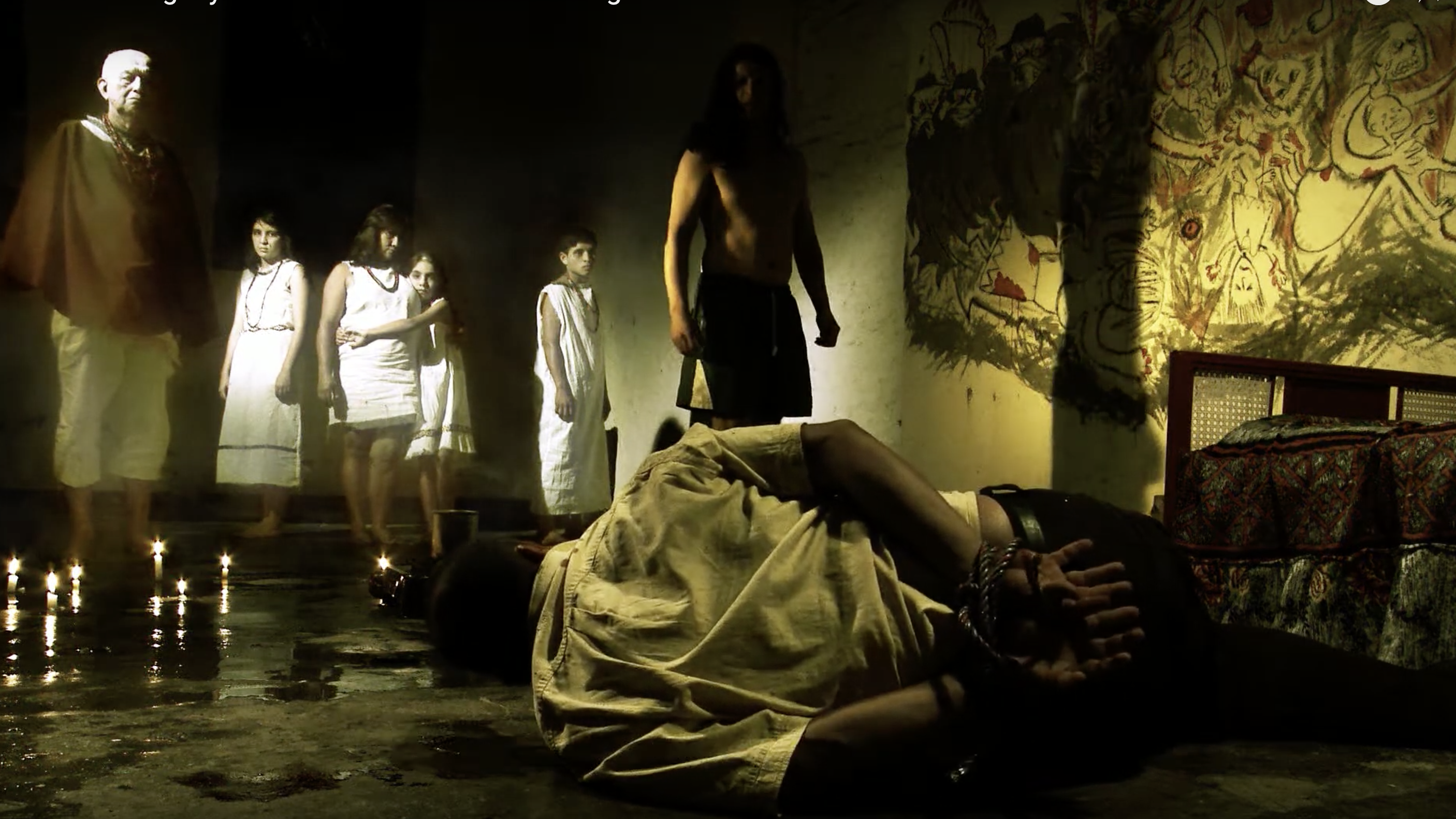
The River of Blood and the Two Banks
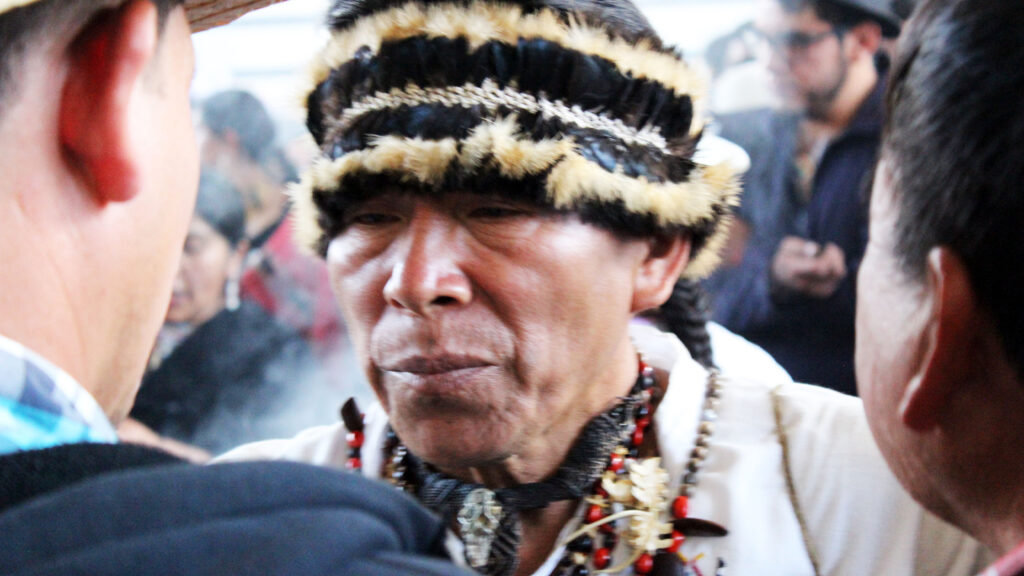
The Right Thing to Do. The Resurgence of Abya Yala
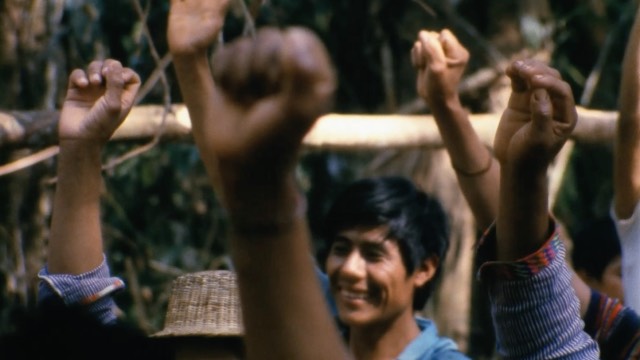
The paths of silence
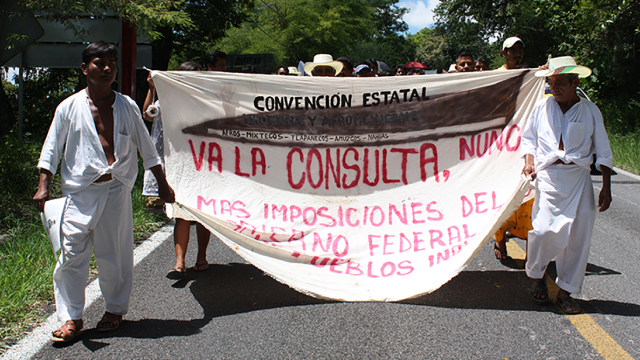
The Path Towards Enforcing the Right to Consultation
